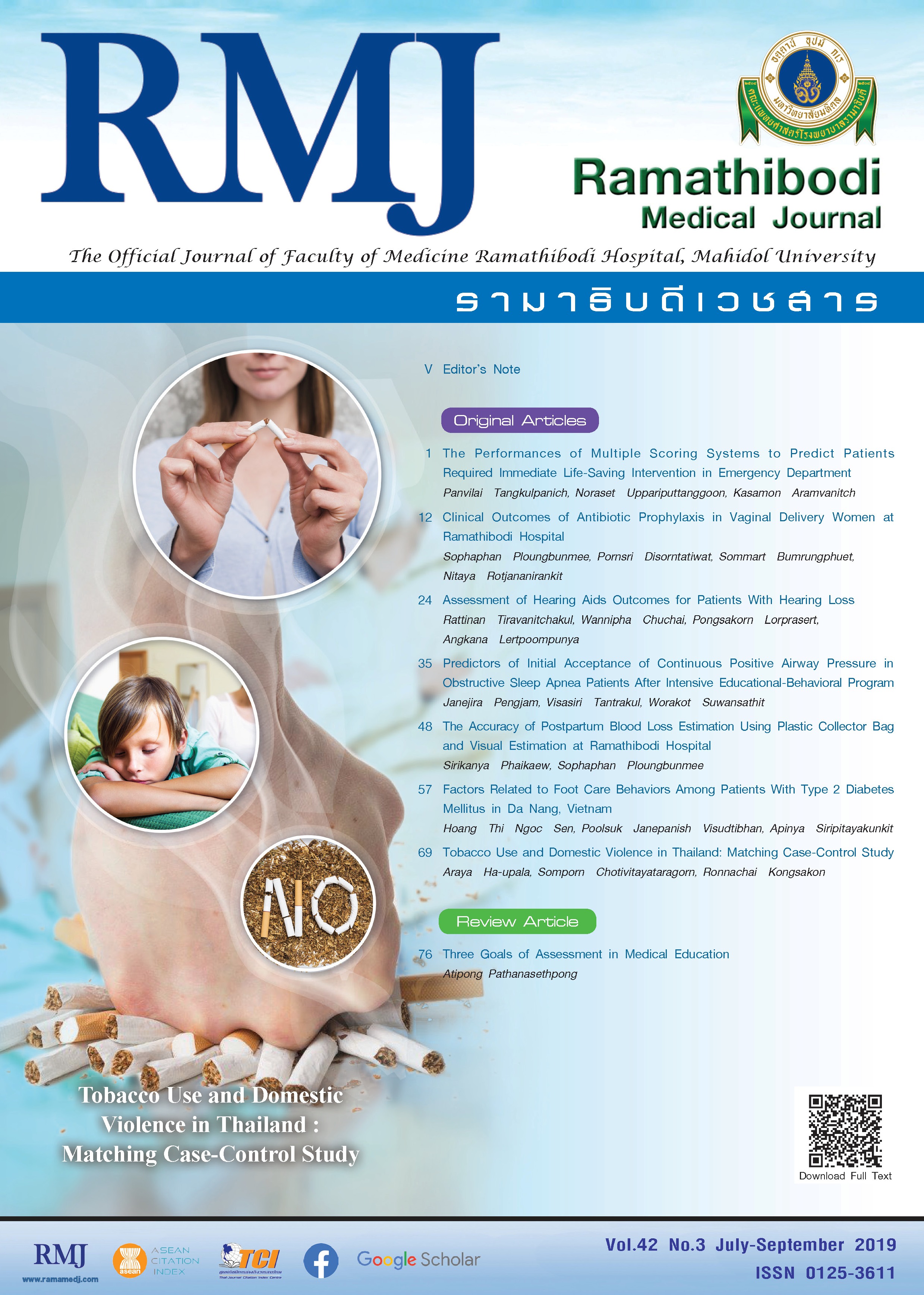Interpretation of Secondary Outcomes in Clinical Trials
Abstract
Recently, Fowler et al1 report results of the CITRIS-ALI trial, a double-blind, placebo-controlled multicenter clinical trial in which 167 adults with sepsis and acute respiratory distress syndrome (ARDS) were randomized to receive high-dose intravenous vitamin C (50 mg/kg) or placebo every 6 hours for 96 hours. The trial was conducted among patients in the intensive care unit (ICU) with sepsis who were receiving mechanical ventilation and developed ARDS within 24 hours of ICU admission. The trial design was based on hypothesis that high-dose vitamin C administration may alleviate organ dysfunction, inflammation, and vascular injury from severe sepsis. The authors chose the primary outcomes as a change from baseline to 96 hours in the modified Sequential Organ Failure Assessment score (mSOFA) and changes from baseline to 168 hours in C-reactive protein and thrombomodulin. In addition, the authors also evaluated 43 secondary outcomes, including a variety of measures of inflammation and organ recovery.
Results of this trial shows that none of the primary outcomes was significantly different between treatment group and placebo group. However, 28-day all-cause mortality rates, 1 of 43 secondary outcomes, was statistically significant without adjusting for multiple comparisons (P = .01). The 28-day all-cause mortality rates were 29.8% in the treatment group and 46.3% in the placebo group, with a hazard ratio of 0.55 (95% CI, 0.33 - 0.90) which favoring the treatment group. This finding of significant secondary outcome raised the problem of interpretation of trial results. There are a lot of discussion in this matter in social media. Some clinicians may jump to the adoption of high-dose vitamin C and some clinicians still have question. Does administration of high-dose vitamin C in patients with sepsis with organ dysfunction confer benefit in reduction of 28-day all-cause mortality rates without significant change primary outcomes?
This issue is not new.2 Impressive results for secondary outcomes always pose problems for clinicians trying to value the benefits observed in clinical trials. Large-scaled clinical trials consume lot of resources; man, money and time. Hence, it is typical that, in designing, investigators usually include several outcome measures to satisfy investigators and sponsors. Unrealized by most investigators, this raises the likelihood of finding a statistically significant result by chance alone increases with the number of tests undertaken.3
The accuracy of results from secondary outcomes in clinical trials is influenced by other factors, such as the strength of the relationship between the treatment and secondary outcome, which may be very different from the strength of the relationship between the treatment and the primary outcome, as the underlying mechanisms may differ. As a result, it is common that statistical power for secondary outcomes is inadequate. In the analysis, effects or trends observed with respect to secondary outcomes should be confirmed through a properly designed, new clinical trial.4
In summary, clinicians should not adopt a finding from significant secondary outcomes without a confirmatory study due to limitations of design and statistical analysis.
References
Fowler AA, Truwit JD, Hite RD, et al. Effect of vitamin C infusion on organ failure and biomarkers of inflammation and vascular injury in patients with sepsis and severe acute respiratory failure: the CITRIS-ALI randomized clinical. JAMA. 2019;322(13):1261-1270. doi:10.1001/jama.2019.11825.
Tyler KM, Normand SL, Horton NJ. The use and abuse of multiple outcomes in randomized controlled depression trials. Contemp Clin Trials. 2011;32(2):299-304. doi:10.1016/j.cct.2010.12.007.
Rothman KJ. No adjustments are needed for multiple comparisons. Epidemiology. 1990;1(1):43-46.
US Food and Drug Administration. Multiple endpoints in clinical trials guidance for industry. https://www.fda.gov/regulatory-information/search-fda-guidance-documents/multiple-endpoints-clinical-trials-guidance-industry. Published January 2017. Accessed Sep 30, 2019.













